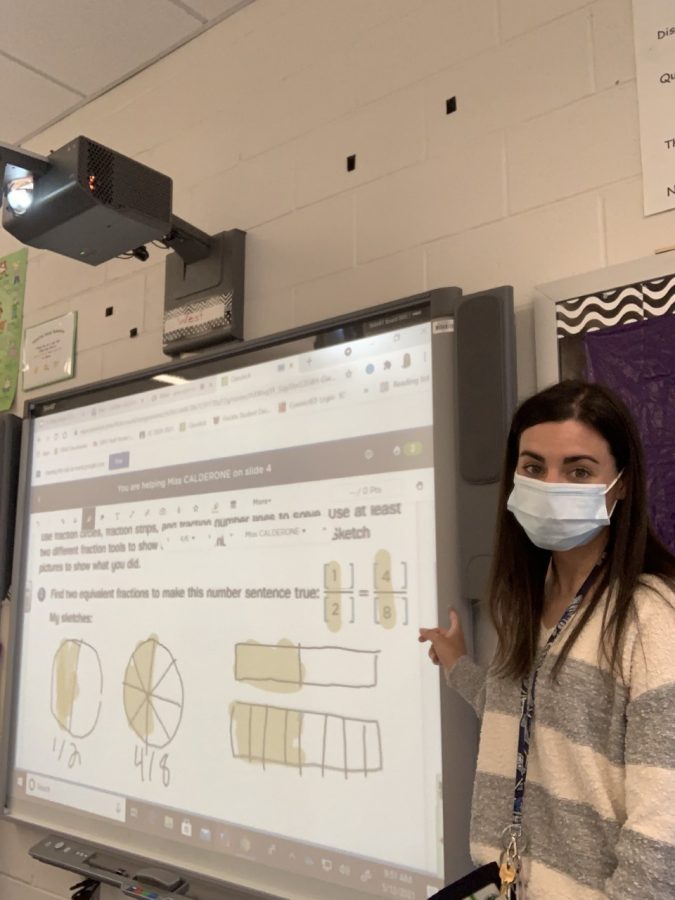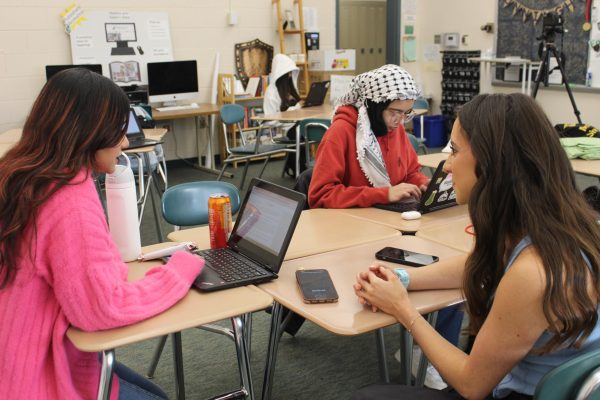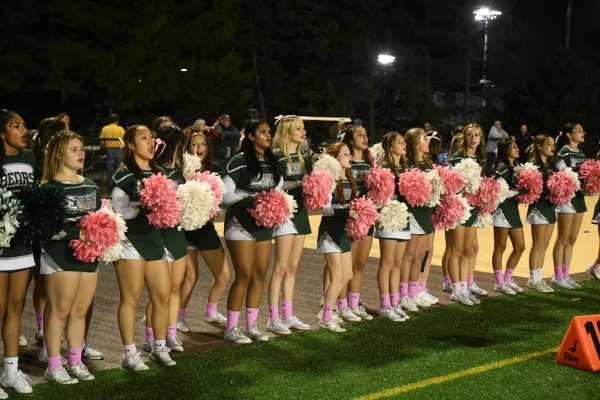On the Virtual Reading Carpet
See how third-grade teacher Laura Calderone has adapted to virtual learning.
May 12, 2021
Elementary school teachers always had a huge burden on their backs. They are responsible for developing skills for their students that will be with them for the rest of their lives. And on top of this, they must cover everything in the elementary curriculum ranging from ILA to science. One period they’re discussing grammar and spelling and the next they are teaching the students about crayfish and other organisms (all without many breaks).
Class also relies heavily on face-to-face interactions, so moving everything online surely switched things up. I spoke to Laura Calderone, third-grade teacher, about what she had to say about these new times.
Q: WHAT WAS THE TRANSITION FROM ASSISTING TO TEACHING A FULL 3RD GRADE CLASS LIKE?
A: For the past four years I was a special education teacher at Memorial School. My position as an In Class Resource (ICR) teacher is a bit different that a grade-level teacher. As an ICR teacher, your focus is the implementation of accommodations and modifications to the curriculum for your students with special needs. ICR teachers work with grade-level teachers to support all the students in their class. We planned, and taught all of our lessons together. It is a great environment to have two supportive teachers, especially at the elementary level!
This year, my position changed to a third-grade level teacher. Luckily for me, most of my career has been as a special education teacher for 3rd grade, so I already knew the curriculum. Not much of my teaching practices changed (besides the BIG changes to our virtual learning practices!) I think the biggest difference in the transition between special education and grade level teaching was the opportunity to try new things independently. As an ICR teacher, I always was collaborating with my co-teacher to determine what we would plan together. Teaching your own class, you have a bit more free reign on what and how you teach each lesson. There’s great parts to both teaching situations. I really enjoy working in collaborative partnerships, because all students are getting differentiated support throughout the day. Teaching on my own this year was a great chance for me to try new things that I had not previously done when co-teaching!
Q: WHAT IS THE SAME AND DIFFERENT FROM TEACHING 3RD GRADE MATH TO HIGH SCHOOL TRACK?
A: Coaching and teaching are one in the same. Teaching younger students requires you to break down skills, especially as you introduce students new concepts. As a teacher, I am constantly modeling how to complete a math skill. There’s time for guided practice with a teacher, then independent practice where students put the skills together. I see track, especially hurdles the event I coach, in a similar light. We don’t just send athletes off to race, there’s a learning process. With hurdles, we teach one part at a time, drilling specific parts, not the whole race. As athletes progress, we can go further and work on more complex skills.
One way the two are different, is that math has that final ultimate answer. Once you have solved (and we ALWAYS go back and check our work twice too!), you have completed the task. However with track, there’s always something an athlete can improve on. Even after a race that ends with a win or personal record (PR), you can go back and watch the tape to see what improvements the athlete can make. That’s what I love most about coaching! The work is never done, we can always find things to work on to help athletes achieve and further their goals.
Q: HOW HAVE THE STUDENTS AND YOUR TEACHING STYLE ADAPTED DURING THIS TIME?
A: This school year is definitely one for the books! I have learned so much about my students’ resilience and grit, even at such a young age. My students make me laugh when they teach me something new about technology. My teaching style changed quite a bit this year with the new teaching role, but in particular I think my ability to hone in on what was most important each day had the best impact on my teaching, and my students’ success. At the core of all my teaching was my students’ social and emotional well being. We have spent a lot of time this year developing a supportive class environment. Every day isn’t easy, but when your classmates are there to help you out it makes a difference!
With the school year wrapping up, it wasn’t just the students that have learned this year. The teachers were able to adapt and learn about new technology and learn more about their students even with this distance between them. As we are transitioning back to our normal lives again, all that has been learned in this hectic year will be sure to be used in the coming years to complement the learning to come.













